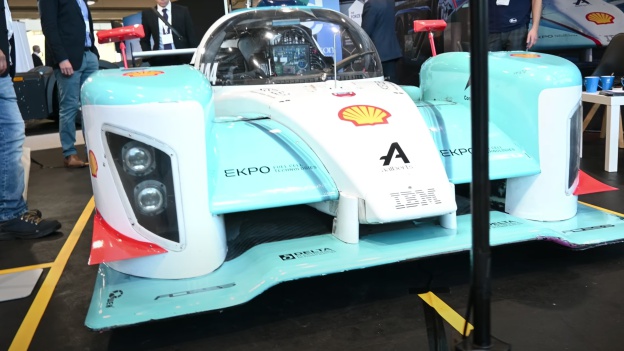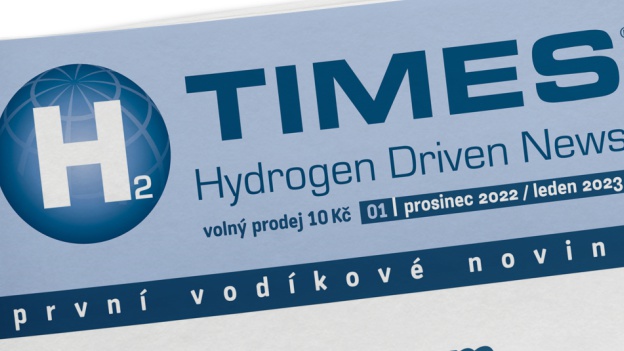What to do with the surplus energy from a renewable energy plant? One option is to convert it into green hydrogen, which can then be used to generate electricity. In this way, we could in the future stock hydrogen cylinders in our homes instead of wood or coal. Experts from the Ostrava-based company H2 Medical Technologies can help make such a vision a reality.
To achieve the goal of a sustainable and carbon-neutral future, the world's energy transformation focuses not only on how energy is produced, but also on how it is consumed. Transforming both supply and demand is key to the efficient and effective decarbonisation of the entire energy system, and therefore innovations in end-use sectors are an essential part of this process.
The acceleration of the energy transition is taking place through the rapid development of renewable electricity generation. Experts predict that by 2050, variable renewable energy will account for up to 70% of total global energy production, a dramatic increase from today's 9%. Green hydrogen, produced from renewable electricity, is emerging as a key element in maximising the use of massive renewable generation. It has the potential to replace existing fossil fuel-derived hydrogen used as a feedstock in chemical or refinery processes, and also to meet growing demand in sectors that cannot be directly electrified, such as steel processing, chemicals, aviation and shipping.
The green hydrogen future rests on finance
In the future, bottles full of green hydrogen could provide a source of additional electricity for companies or households that have surplus electricity from the sun or wind to generate when the sun is not shining or the wind is not blowing. One Czech family-owned company in Moravia, which partially supplies its factory with energy from solar panels during the year, has also considered this approach. When it is sunny for a long time, they run out of energy. So they approached the experts at H2 Medical Technologies to collaborate on hydrogen production.
"We have about 120 kilowatt hours of surplus electricity, which we want to use for the electrolyzer and use a compressor to store hydrogen in 20 cylinders," the company's managing director described their request.
The hall in which the company makes its products requires a huge amount of energy, the source of which is currently a gas boiler and a heat pump. "The aim of the project is to significantly reduce the daily consumption of natural gas, which ranges from 60 to 100 cubic metres at 20 atmospheres. Please comment on whether hydrogen is a realistic solution to achieve savings."

Customized hydrogen project
"The energy management project was not the first of its kind for us, but here we were designing two complete solutions," says Pavel Vašek, sales and technical director at H2 Medical Technologies. "As the company's documents showed, the required power input from a photovoltaic plant for a hydrogen-producing electrolyser would produce about 6 to 8 kilograms of hydrogen per day. This implies that the hydrogen produced would reduce Mr. Owner's natural gas consumption by approximately 33% per day if he added this hydrogen directly to the natural gas mixture for direct combustion in his gas boiler." The second option offered was to store the hydrogen in cylinders and use it when it is not possible to draw power from photovoltaics. "If the 8 kilos of hydrogen were stored in cylinders by the company, then it is possible to generate about 264 kW of electricity per day."
But both solutions are still very costly. "Our company, H2 Medical Technologies, offered to manufacture and supply the complete solution to the client - i.e. the electrolyzer, fuel cell, control units and the technology for bottling and storing the hydrogen cylinders. In this case, the investment would have been in excess of 40 million crowns, which we understand is a lot for a company of this size. We believe that over time, as the demand for these services increases, the prices of equipment and materials will drop and the possibility of using green hydrogen will become more affordable," concludes Pavel Vašek.






























